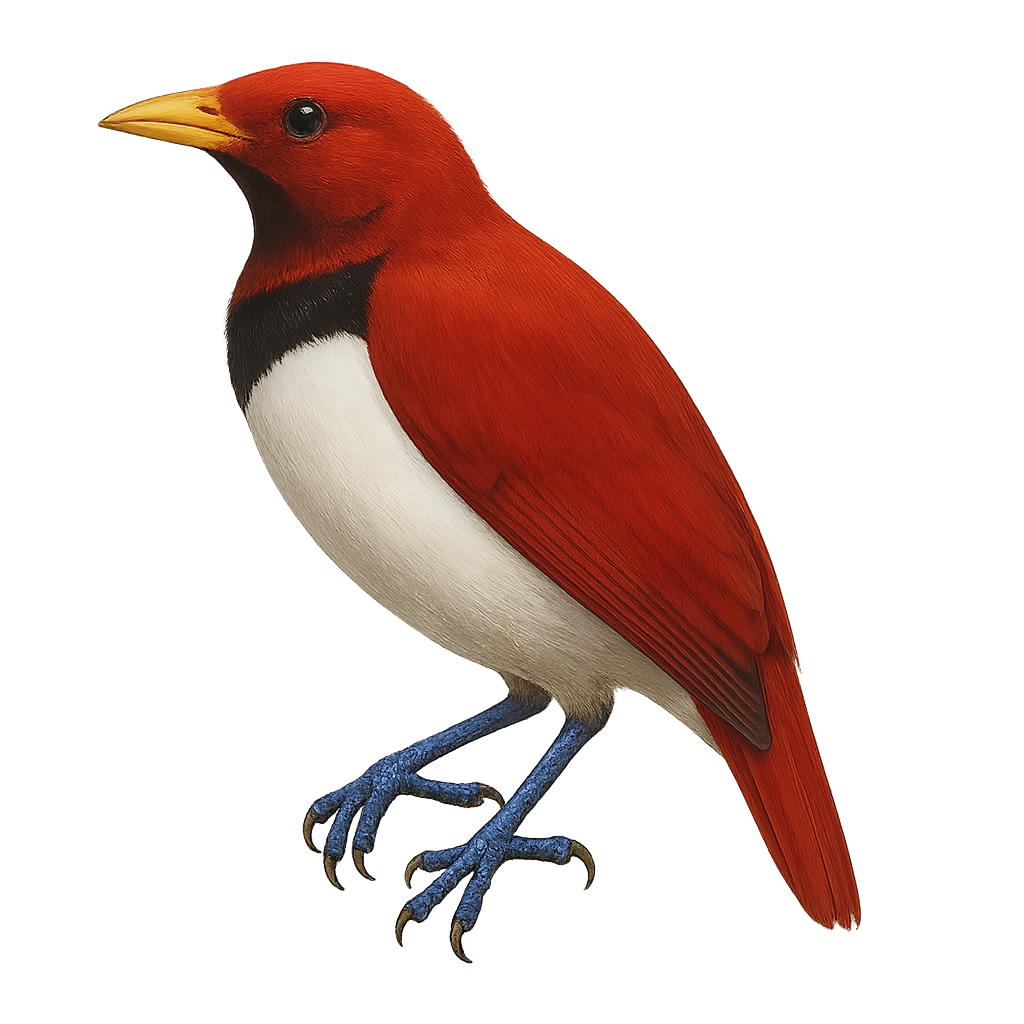Your wildlife photography guide.
Explore the king bird-of-paradise in detail, study its behavior, prepare your shots.
Where to observe and photograph the king bird-of-paradise in the wild
Learn where and when to spot the king bird-of-paradise in the wild, how to identify the species based on distinctive features, and what natural environments it inhabits. The WildlifePhotographer app offers tailored photography tips that reflect the king bird-of-paradise’s behavior, helping you capture better wildlife images. Explore the full species profile for key information including description, habitat, active periods, and approach techniques.
King Bird-of-paradise
Scientific name: Cicinnurus regius

IUCN Status: Least concern
Family: PARADISAEIDAE
Group: Birds
Sensitivity to human approach: Suspicious
Minimum approach distance: 10 m
Courtship display: June to August
Incubation: 16-18 jours
Hatchings: June to September
Habitat:
Tropical forests, mangroves, wooded areas
Activity period :
Primarily active during the day, with peak activity in the morning and late afternoon.
Identification and description:
The King Bird-of-paradise, Cicinnurus regius, is a captivating bird from the Paradisaeidae family, native to the tropical forests of New Guinea and surrounding islands. This small bird, measuring about 16 cm, is renowned for its vibrant plumage and spectacular courtship displays. The male sports bright red plumage with metallic green feathers on the chest and two long spiral-shaped tail feathers. The female, more subdued, has brownish plumage. The King Bird-of-paradise is a solitary bird, except during the breeding season when the male performs intricate dances to attract the female. It primarily feeds on fruits and insects. Although its habitat is threatened by deforestation, it is currently classified as "least concern" by the IUCN.
Recommended lens:
400 mm – adjust based on distance, desired framing (portrait or habitat), and approach conditions.
Photography tips:
To photograph the King Bird-of-paradise, it's essential to use a telephoto lens of at least 400mm to capture the details of its plumage without disturbing it. Opt for early morning hours when the light is soft and the bird is most active. Be patient and discreet, as this bird is suspicious. Use a tripod to avoid camera shake and set your camera to a fast shutter speed to freeze its movements. Finally, always maintain a safe distance of at least 10 meters to avoid disrupting its natural behavior.
The WildlifePhotographer App is coming soon!
Be the first to explore the best nature spots, track rutting seasons, log your observations, and observe more wildlife.
Already 1 430 wildlife lovers subscribed worldwide

